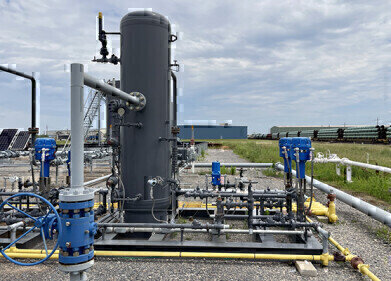Air Clean Up
How Much Did Air Pollution Drop in Wuhan?
Jun 07 2020
New research conducted by the University of Birmingham has found that concentrations of nitrogen dioxide (NO2) in Wuhan City fell by 63% during the duration of lockdown. Particulate matter (PM) levels also fell, albeit by not as pronounced a degree as NO2, but there were no such drop-offs in the amount of sulphur dioxide (SO2) or carbon monoxide (CO), showing it wasn’t good news across the board.
Regardless, the improvement in NO2 levels does seem to have held positive consequences for the people of Wuhan and of China in general. As a further step in their study, the researchers cross-referenced their findings against available data regarding the number of deaths attributable to NO2 exposure and found that the difference in air quality could have saved over 10,000 lives across the country.
Overcoming the difficulties
One of the main challenges faced by the authors of the study was separating fluctuations in air quality monitoring readings that were caused by weather patterns and reductions incurred by the lockdown. To get around this problem, they introduced a new machine learning method of analysis which was able to detect those patterns and incorporate them into its interpretation of the data.
They then made those estimations doubly sure by comparing the results found in Wuhan City with a control group of 29 other cities around China, weighting them against similar pollution trends found in the epicentre of the outbreak. In this way, any noticeable discrepancies between Wuhan and the 29 other cities would be indicative of pollution reductions that could be linked directly to lockdown.
Remarkable results
The biggest results were recorded in the measurement and management of NO2 emissions, where concentrations dropped by 24 micrograms per cubic metre in some areas, equivalent to a drop-off of 63%. That reduced NO2 levels from being on the cusp of violating the World Health Organisation (WHO) guidelines on “safe” thresholds to being well within the recommended limits.
In practical terms, the team also worked out how those pollution reductions may have affected the overall death toll in the city, in the surrounding province and in the country as a whole. By mapping their findings against the estimated mortality rate caused by NO2 (as laid out in a number of different scientific papers), the study authors concluded that the quarantine measures may have prevented 496 premature deaths in Wuhan City, 3,368 in the surrounding Hubei Province and 10,822 in China.
Learning lessons
Of course, the report is not intended to suggest that coronavirus has had a net positive impact on China in any form. The incident has undoubtedly been a tragedy for countless lives and livelihoods for people all across the Asian superpower and well beyond, but the evidence does show that there are some positive lessons to be learned from the near total shutdown of industry and travel.
Given that similar reductions in pollution have been noted in many other parts of the world, including all across Europe and in the UK, the study’s authors suggest that adjustment to our habits with regard to energy generation and consumption could reap massive benefits in a post-COVID-19 world, both for the environment and for human health in general.
Events
Apr 22 2024 Hannover, Germany
Apr 23 2024 Kuala Lumpur, Malaysia
Apr 24 2024 Sao Paulo, Brasil
May 05 2024 Seville, Spain
May 13 2024 Munich, Germany














